Top 10 of the world's most beautiful diving spots
Updated on 14/08/2024
•
by
by
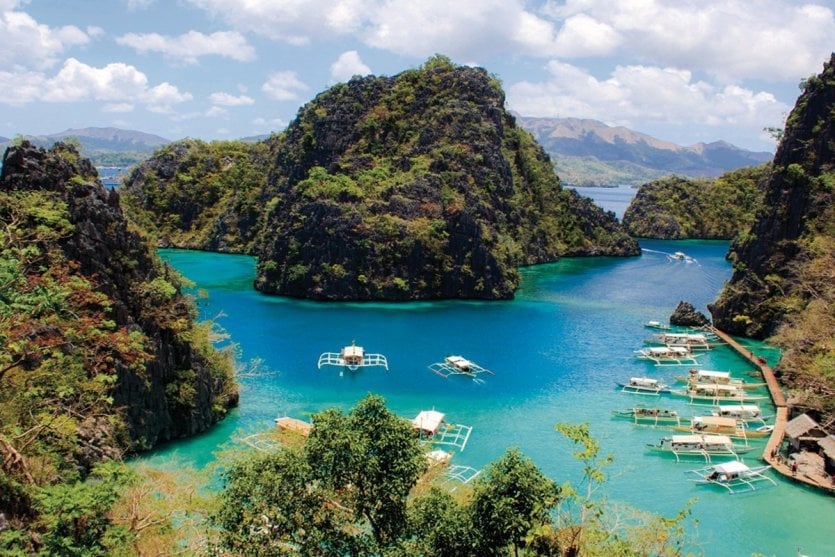
The jewel of the Philippines: Palawan.tvorec-xtra - iStockphoto.ocm
More than 70% of the earth's surface is occupied by seas and oceans. An immensity of blue that, once observed more closely, reveals its many riches. With just the light of a lamp, it's much easier to explore the people and wildlife of the seabed. Scuba diving means soaring above buried caves and underwater canyons, discovering coral reefs of many colors and many different fish species. From the
cenotes of Yucatán in
Mexico to Koh Tao in
Thailand, diving means learning more about the seabed, a vast world full of mysteries. In our opinion, these are the most beautiful diving spots in the world.
Also read: Europe's most beautiful diving spots
N°10 - The Caledonian lagoon
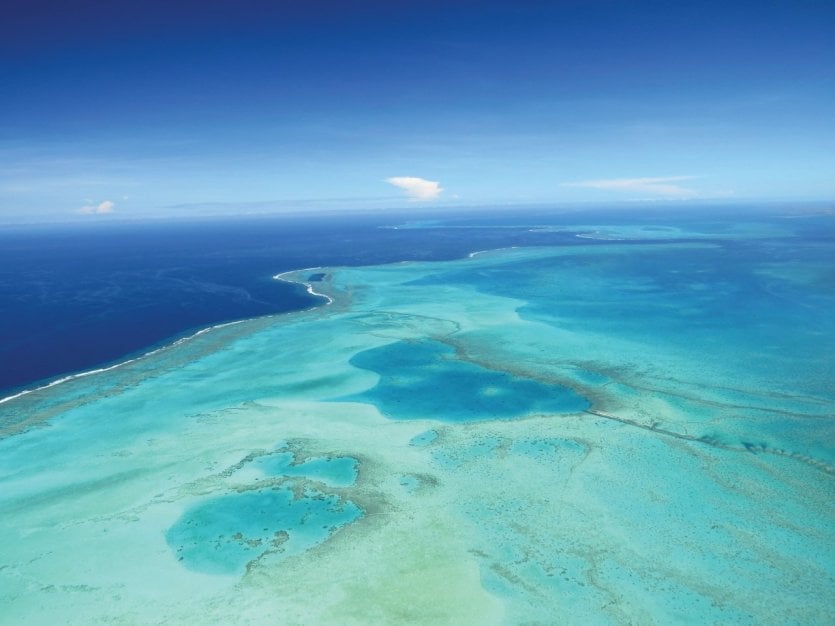
© Cachou44 - iStockphoto
In the middle of the Pacific Ocean, east of Australia and north of
New Zealand, lies
New Caledonia. This French land at the end of the world boasts the world's largest lagoon: 1,600 km of coral reef covering 24,000 km². Listed as a UNESCO World Heritage Site, this lagoon boasts incredible underwater riches and countless diving opportunities. From Nouméa to Lifou, via Bourail, the sites offer caves, wrecks, faults... Diving in New Caledonia also means discovering fish such as loche, grouper and parrotfish, and for the lucky few, the chance to spot turtles, manta rays and many species of shark.
N°9 - The Galapagos, an underwater Eldorado
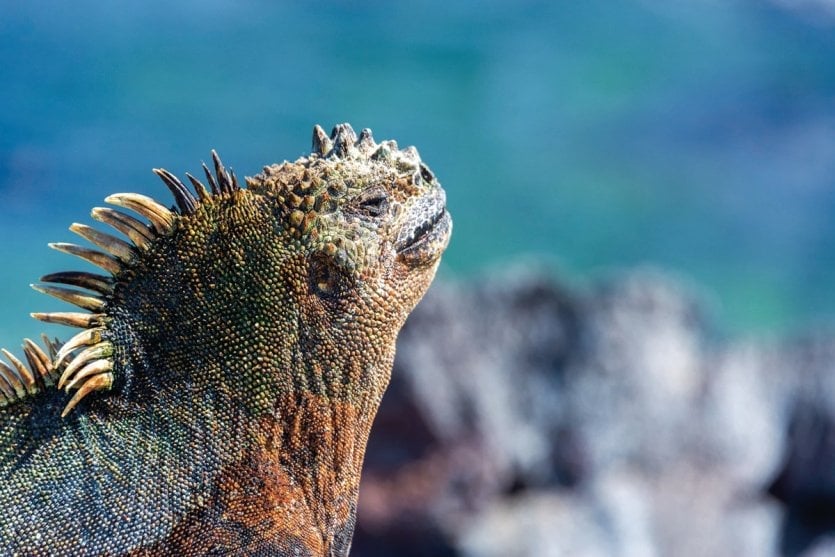
The Galapagos Islands have their own emblem: the Galapagos marine iguana.dC_Colombia - iStockphoto.com
Considered by Charles Darwin to be "the paradise of evolution", the protected
Galapagos archipelago boasts incredible underwater biodiversity. Nearly 2,909 species live here! Situated 970 km from the coast, the Galapagos Islands comprise 13 islands, 17 islets and 47 rocks. Thanks to its remoteness from the mainland and the protection of certain sites, this atoll boasts over 18% endemic species. some 400 species of multicolored fish grow in its waters, not to mention sea turtles and numerous species of shark, such as the hammerhead shark. The coral reefs can be explored with a simple mask and snorkel.
N°8 - Isla del Coco Sanctuary

alex Rush - Shutterstock.com
Nicknamed the "Emerald of the Pacific" and a UNESCO World Heritage Site,
Isla del Coco lies 23 km off the coast of
Costa Rica. Very isolated, Isla de Coco is regarded as a sanctuary for the planet's ecosystem. The seabed is exceptional, with waters rich in phytoplankton and currents. In the middle of the reef, schools of fish encircle the divers. Divers come from all over the world to observe stingrays, hammerheads, white-nosed sharks and the giant, peaceful whale shark. In plankton season, don't miss the whales and even the frogfish.
N°7 - Spectacular Rangiroa Atoll
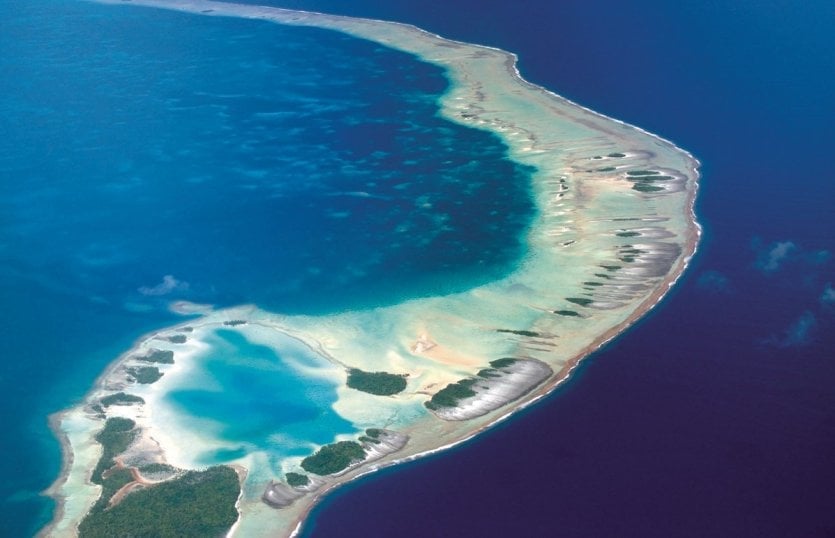
Divers can also encounter Tapete (white-tip) sharksurosr - iStockphoto.com
The richness of these waters makes diving the star attraction of
French Polynesia.
Rangiroa atoll, 350 km northeast of Tahiti, is renowned for its incredible diving spots. The Tiputa pass, for example, allows divers to observe dozens of dolphins, red mullets, barracudas and sharks. The Avatoru pass is home to natural treasures such as caves. Here again, the surprises are underwater. Giant manta rays (over 7 m wingspan) are omnipresent. Divers will also discover tuna, grey sharks and imposing "Tapete" (white-tip sharks).
N°6 - Truk Lagoon wrecks

j.S. Lamy - Shutterstock.com
Barracudas, groupers, hammerhead sharks... Micronesia has something for every diver. But beyond its animal species, Micronesia is also known for its historical importance. Head for Truk Lagoon! This is undoubtedly the most beautiful wreck field in the world. Billed as an underwater museum, Truk Lagoon is famous for its hundreds of ship and aircraft wrecks from the American "Hailstone" air raid of February 17, 1944. In these clear, calm, shallow waters, these ghost ships have, over time, tamed a very special flora and fauna.
N°5 - Safaga and the treasures of the Red Sea

Divers can spot coral and stonefish.artush - iStockphoto.com
In
Egypt, 53 km south of
Hurghada, Safaga, the region's only commercial port, is renowned for its long black sand beaches and endless bay. The main attraction is the quality of the seawater, rich in minerals and beneficial to the skin. The seabed is also incredible. Some sites even rank among the 10 most beautiful spots in the Red Sea. Panorama Reef, for example, boasts a huge concentration of anemones and fish. This spot is also rich in history, as Safaga, more precisely between Shaab Claude and Shaab Amari, is home to the 30 m-deep wreck of the famous
Salem Express, a ferry carrying pilgrims from Mecca that sank in 1991.
N°4 - The Great Barrier Reef
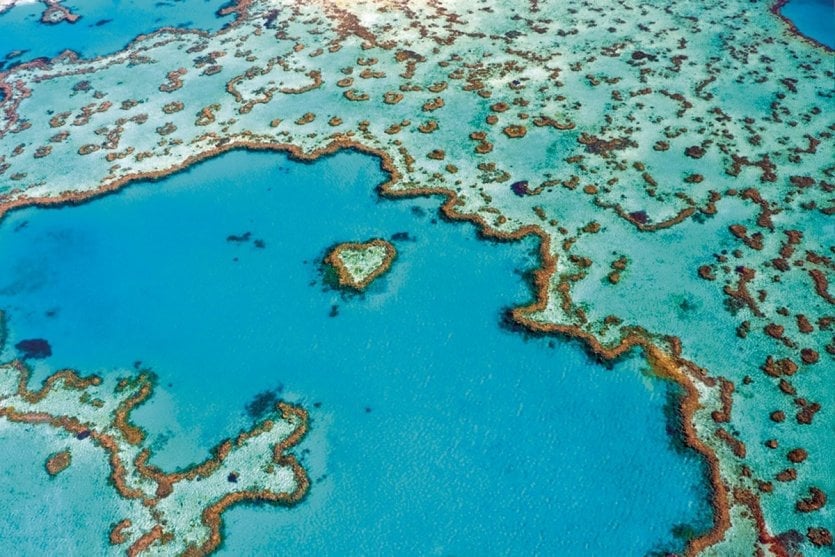
The endangered Great Green Turtle also lives in the Great Barrier Reef.byrneck - iStockphoto.com
If
Australia alone represents the program of a lifetime for a diver, it's because it boasts one of the richest areas of underwater life. The must-see: the
Great Barrier Reef. Listed as a UNESCO World Heritage Site, it is quite simply the world's largest coral reef. Over 2,500 km long and 2 km wide, it is divided into several sectors. In the south, the coral banks extend 300 km from the shore, while in the north, the reef is closer to the coast. A marine paradise home to 1,500 species of fish and 400 species of coral.
N°3 - Koh Tao for all ages
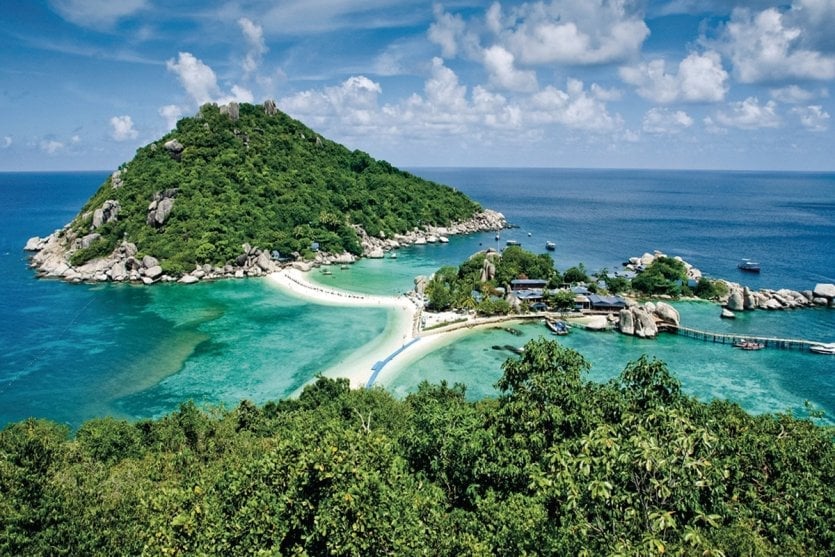
Koh Tao is also famous for its endless white-sand beach.cherrus - iStockphoto.com
Renowned for being home to some of the most beautiful coral reefs in Southeast Asia,
Koh Tao in
Thailand, which means "Turtle Island", is ideal for beginners and experienced divers alike. The shallow waters allow you to contemplate the marine life. With a little luck, experienced divers will be able to spot barracudas, whale sharks and even green turtles. For beginners, head for Mango Bay in the north of Koh Tao for easy dives. The locals attract tropical fish close to the shore. You'll be able to observe a multitude of species.
N°2 - Yucatán's mysterious cenotes
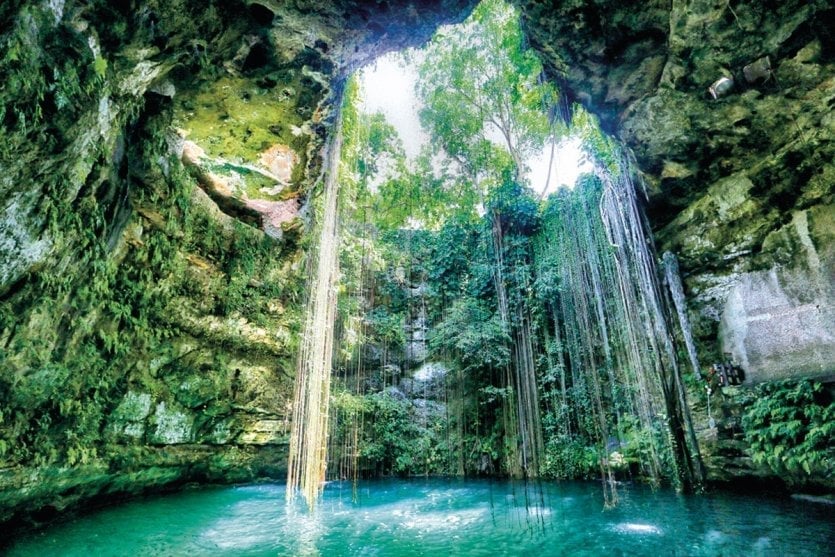
Cenotes are unique, some deeper, others more colorful, etc.lRCImagery - iStockphoto.com
Millions of years old, the
cenotes of Mexico's
Yucatán , from the Mayan word
dzonot (meaning water hole), are underwater caves formed by the erosion of limestone rock above the underground water. Although
cenotes are formed over time, they all have their own unique charm. Their shape, colors and depths vary from
cenote to cenote. Considered a place of ritual by the Mayans,
cenotes are now world-renowned diving spots. Don't panic, there's something for everyone: the province of Yucatán is home to over 10,000
cenotes, including
near the ancient Mayan city of
Tulum.
N°1 - Dive into history in Palawan
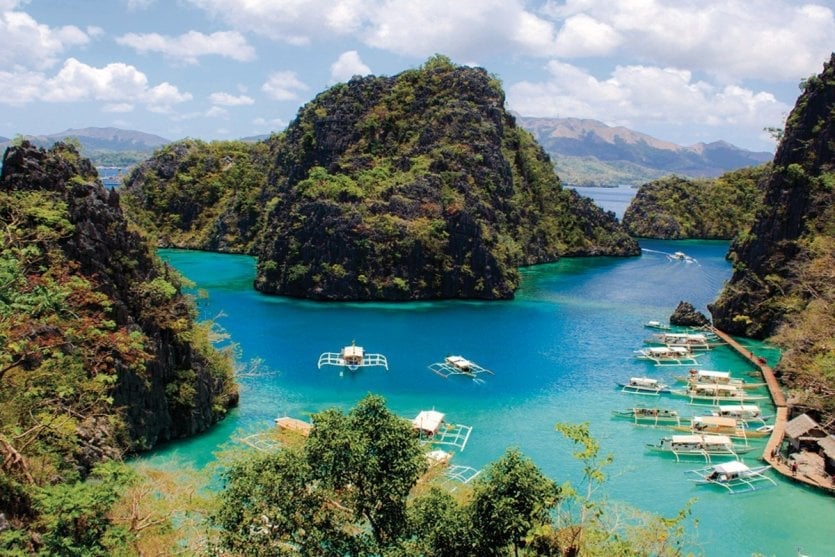
Shipwrecks can be found at depths of 3m or 10m.tvorec-xtra - iStockphoto.com
Located southwest of Manila, the province of
Palawan is the jewel of the
Philippines. Diving in Palawan means discovering the richness of its marine fauna, but it also means diving into the heart of the Second World War conflict. Head for Coron Bay to learn more about this period with a dive on Japanese shipwrecks. The coral reef of the El Nido protected area is also a must. Diving in these turquoise waters means hoping to encounter a dugong, an endangered mammal and emblem of the Republic of the Philippines.













